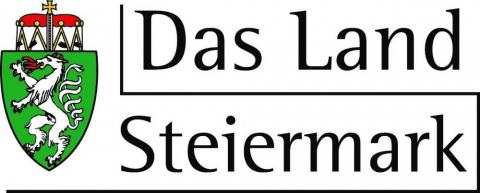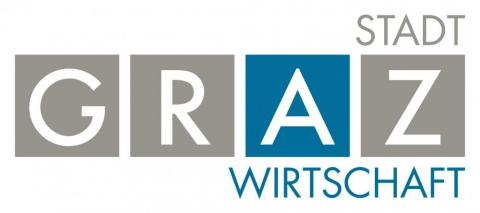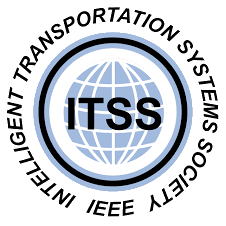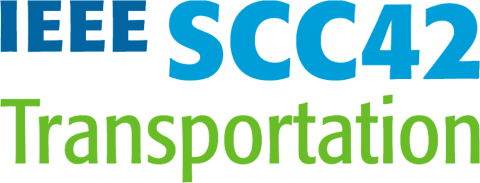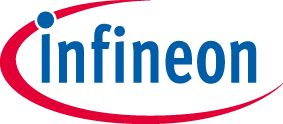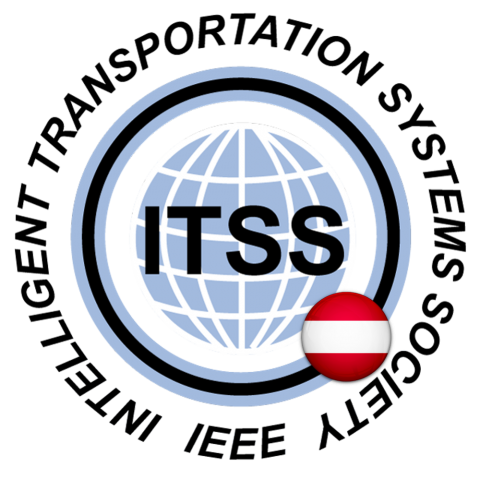Aspects of Automotive Radar
Prof. Schreiber
Due to its properties radar is an important part of the sensor environment of modern cars. This tutorial will give an overview of the function of automotive radar. This includes some theory about detection and estimation of target parameters, the principle of operation, hardware components (like the antenna) and signal processing. Due to the increasing number of cars equipped with radar interference between the sensors is already becoming an important topic. The tutorial will be concluded by a look into the possible future of automotive radar.
Physical-realistic camera simulations: how real do simulations have to be?
Alexander Braun (University of Applied Sciences, Germany)
Simulating reality has fast become a mandatory component in the development and validation of sensor systems for ADAS and AD. This workshop focuses on (optical) cameras systems and how to make a simulation for these cameras ‚look like real'. It provides an overview of the different simulation tools currently on the market. We further examine the use-cases (HiL / SiL) in detail and show the role simulation plays in both the development and validation of sensor systems. Invalidation, another focus lies on specifications and tolerance calculation. We discuss how realistic current simulations tools are, present a novel approach to lens modeling, and critically reflect on the influence the 'real-ness' (or rather lack thereof) of the simulated optical effects. Content overview: Introduction: Every camera is unique! Basics and Definitions Photo-realistic is not enough! Simulation stages: Optics, Sensor, ISP, Detection Algorithm How realistic do simulations have to be?
Securing Connected and Autonomous Vehicles via Trust Management
Farhan Ahmad (University of Derby, United Kingdom, Great Britain)
Dr Asma Adnane (Loughborough University, UK)
Prof Fatih Kurugollu (University of Derby, United Kingdom, Great Britain)
The revolution of connected and autonomous vehicles (CAVs) have attracted a massive response from both research and industrial community due to their significant potential to improve the overall transportation in terms of road safety and providing infotainment to the vehicular users. This innovative technology is commonly known as Vehicular Ad-hoc NETworks (VANET) where smart and connected vehicles exchange information with each other in real-time, which as a result, expands the vision of the drivers to take right decisions in time-critical situations. Therefore, only accurate, authentic and trusted information must be allowed to disseminate among vehicles in the network. The attackers along with their malicious content must be identified in order to secure VANET. Trust management is proposed as a security measure in VANET where vehicles can directly communicate with each other to identify attackers and their content, thus disseminating only trusted information in the network. However, due to the high mobility of the vehicles in VANET, calculating and evaluating trust in such a short duration is extremely challenging. This tutorial will break into three major sections. The first section of the tutorial will introduce various trust management techniques in VANET. The second section of the tutorial will discuss our novel trust evaluation framework which has the capability to evaluate different trust models in an efficient manner. Specifically, we will provide details on the architecture of the framework and its feasibility study where we implemented and evaluated three different trust models in different contexts of VANET. Finally, the last section will identify various challenges and future research directions in this domain. This tutorial can be instrumental to car manufacturers and researchers to design and implement new trust models in VANE
Optical Time-of-Flight Sensors for Autonomous Driving
Marcus Hennecke (Infineon Technologies, Austria)
Optical time of flight sensors is considered essential for autonomous driving at level 3 and above since they provide high-resolution 3D representations of the environment by measuring the time it takes for light to travel to the surrounding objects and back. As such, they are often called LiDAR, an acronym for Light Detection And Ranging. The tutorial will cover the most prevalent methods for measuring the time of flight as well as the individual components such as lasers, receivers, and scanners that make up LiDAR sensors and will point out the specific challenges of the various design choices. Format: Lecture with demonstrators Similar tutorial held at the Eurosensors School 2018.
IEEE P2020 Automotive Image Quality
Alexander Braun (University of Applied Sciences, Germany)
The next generation of cars will be multi-sensor, multi-modal, multi-camera, AI platforms. The key driver for this dramatic evolution in our vehicles is to increase safety. While cameras are crucial for a vehicle to sense and perceive its surroundings, to date there had not been a consistent approach in the automotive industry to measure image quality. Existing standards are not covering the needs of automotive imaging:
- IEEE-SA P1858 Camera Phone Image Quality (CPIQ) working group
- EMVA1288
- ISO12233
Automotive imaging imposes unique challenges due to its varied and distinct landscape of different setups (fisheye, multi-camera, HDR, temperature range, …), which are not adequately addressed in the existing standards. Therefore, the IEEE-SA P2020 working group has set the goal of defining the relevant metrics and KPIs for automotive image quality, enabling customers and suppliers to efficiently define, measure and communicate image quality of their systems. This tutorial presents the working group, both in terms of the structure of the group as well as the content and the proposed new metrics and KPIs.




